AO Edited
Crystal Caravel Chandeliers
These sailing ship-shaped chandeliers are believed to have been a gift inspired by faith.
The ex-votos are a type of tribute common in Roman Catholicism. In Mexico, they most often take the form of votive paintings (such as the ones in the former Convent of Churubusco) made to honor a saint or figure either to thank them for a miracle or favor already received or in hopes of one in the future. In San Luis Potosí, however, a particular pair of ex-votos continue to generate intrigue in the Basilica of Guadalupe and Church of San Francisco.
Dating to 1788 and likely made by Joseph Antonio Otaegui, these ex-votos take the shape of the caravel, a boat used in Portuguese and Spanish colonial expeditions. It is known Otaegui built at least one more Murano glass boat chandelier that has been lost—though some believe there might have been a total of seven. The three caravels would match the recorded ones used by Christopher Columbus and crew during their first trip to the Americas: La Pinta, La Niña, and La Santa María.
According to legends, the caravel chandeliers would have been commissioned as tribute by sailors who believed they were saved from a shipwreck by Saint Francis Assisi himself and originally donated to Saint Francis’s church in the town of Real de Catorce. Ecclesiastic authorities considered the chandeliers to be too noteworthy for the town and decided to move them to the state capital of San Luis Potosí.
Well-known in the city, the surviving two caravels even came to be the subject of a work by the famous poet Ramón López Velarde.
Know Before You Go
The chandeliers are located in the interiors of the Church of San Francisco (marked on the map) and the Basilica of Guadalupe (1005 Calzada de Guadalupe).
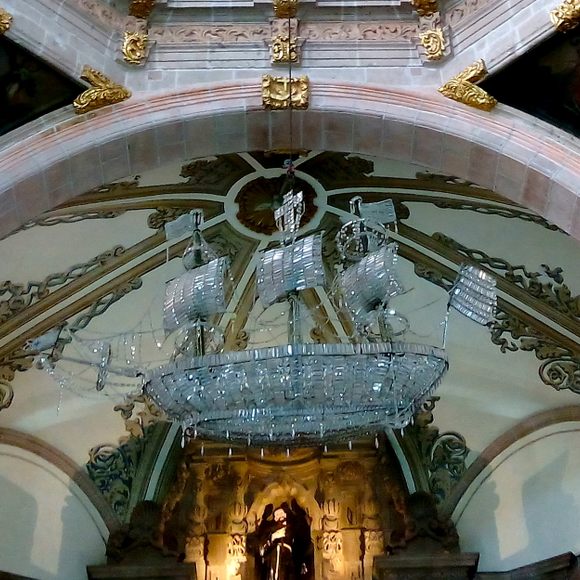


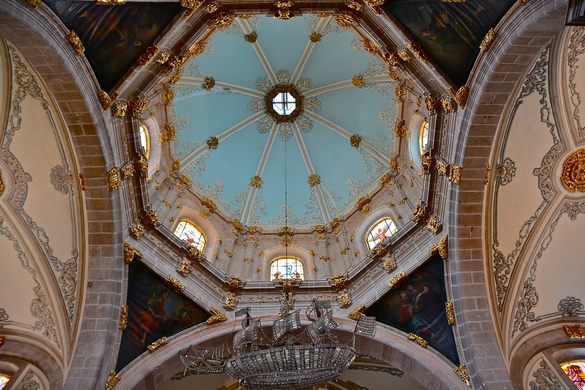


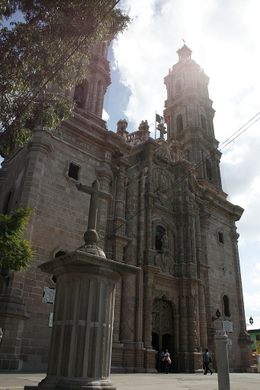
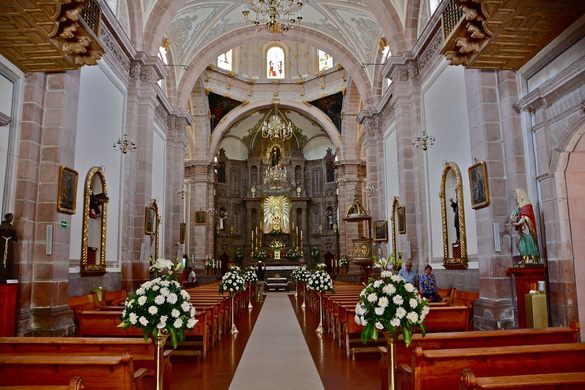



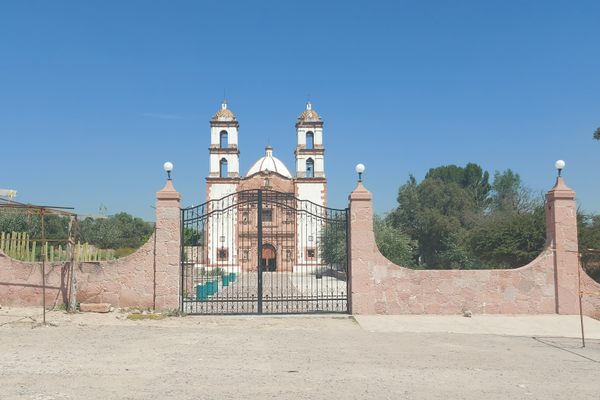
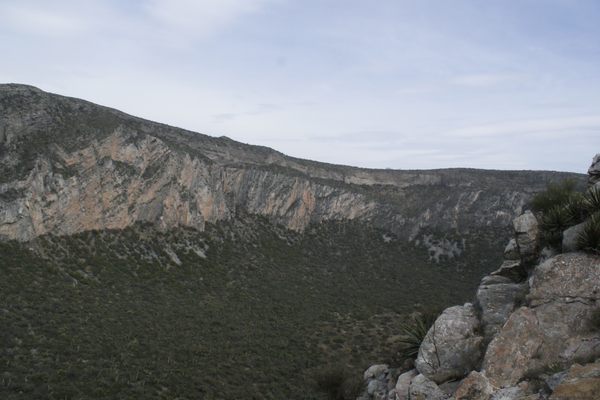

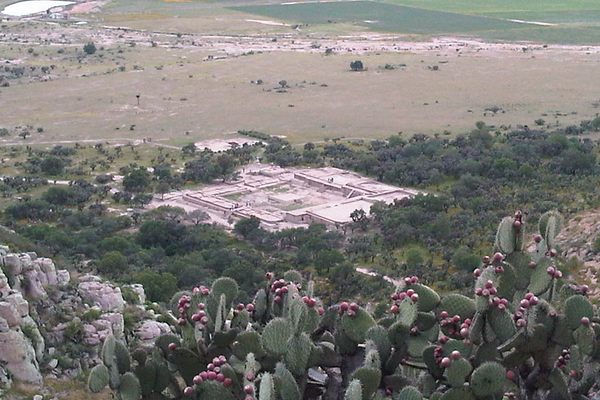
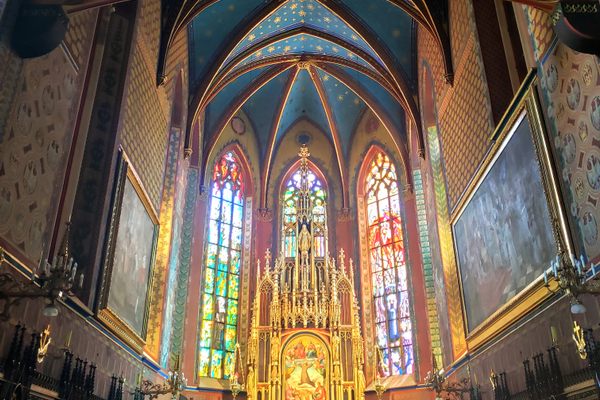


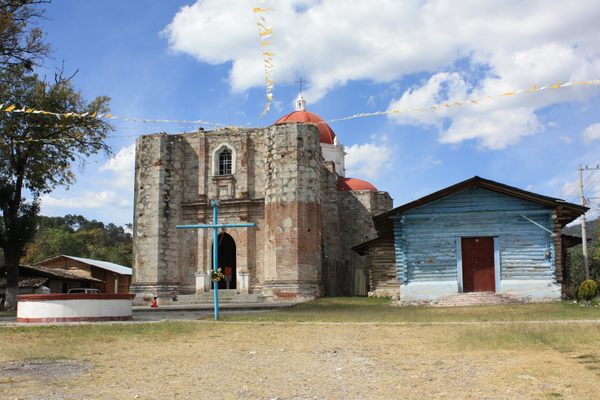
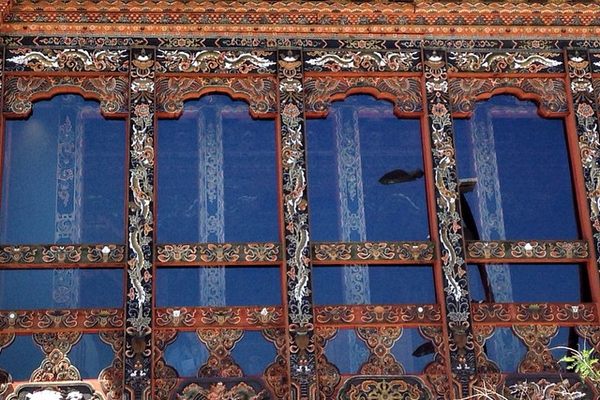

Follow us on Twitter to get the latest on the world's hidden wonders.
Like us on Facebook to get the latest on the world's hidden wonders.
Follow us on Twitter Like us on Facebook